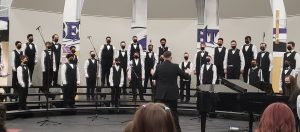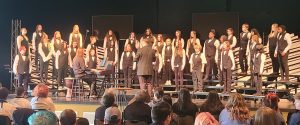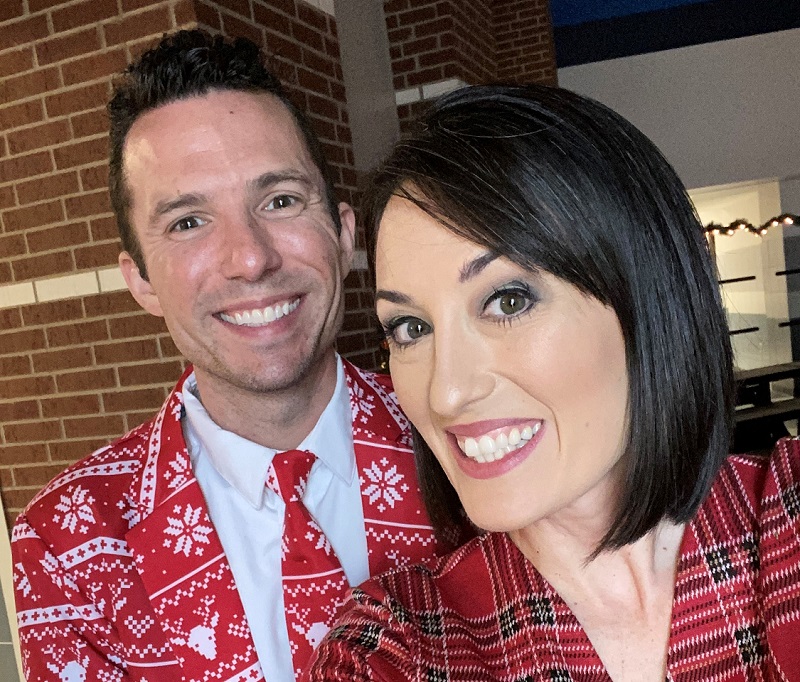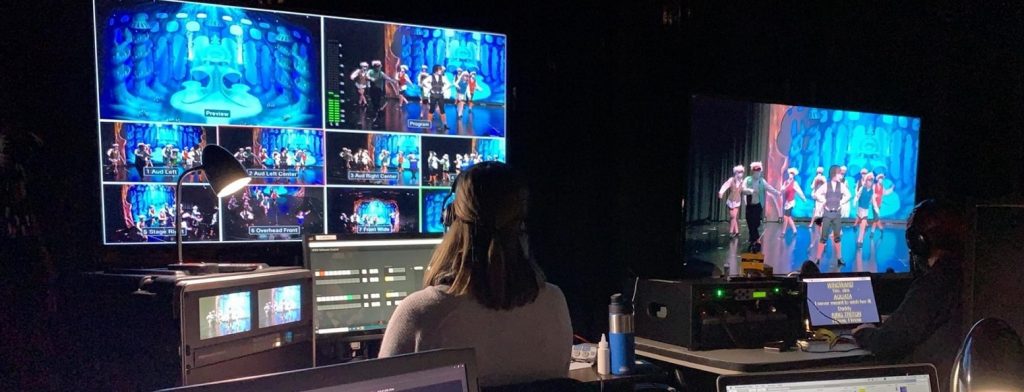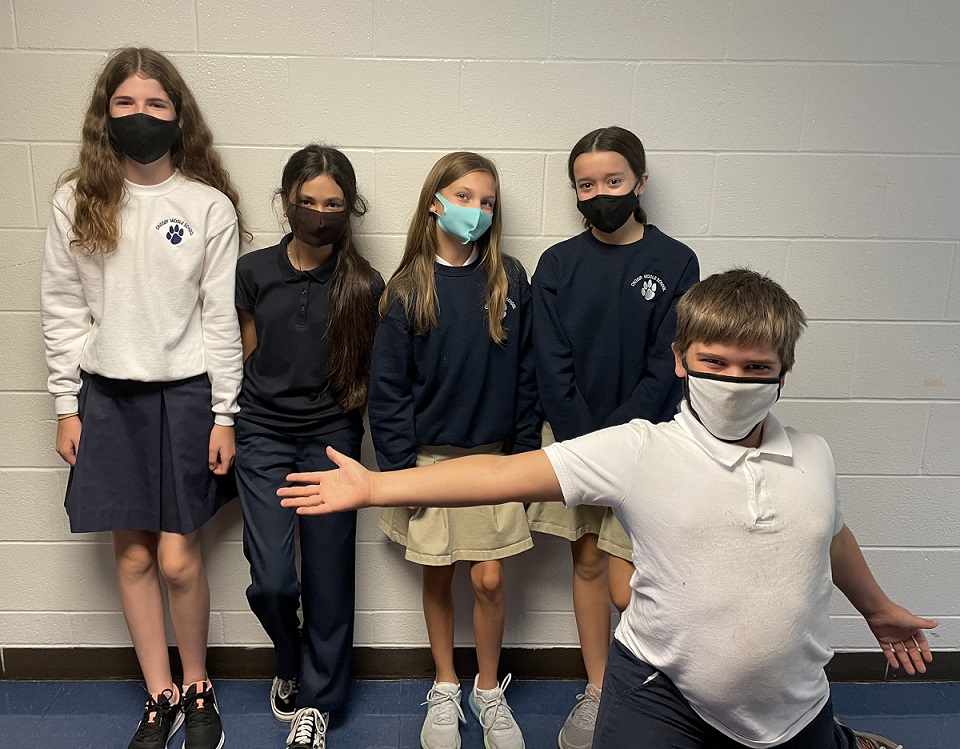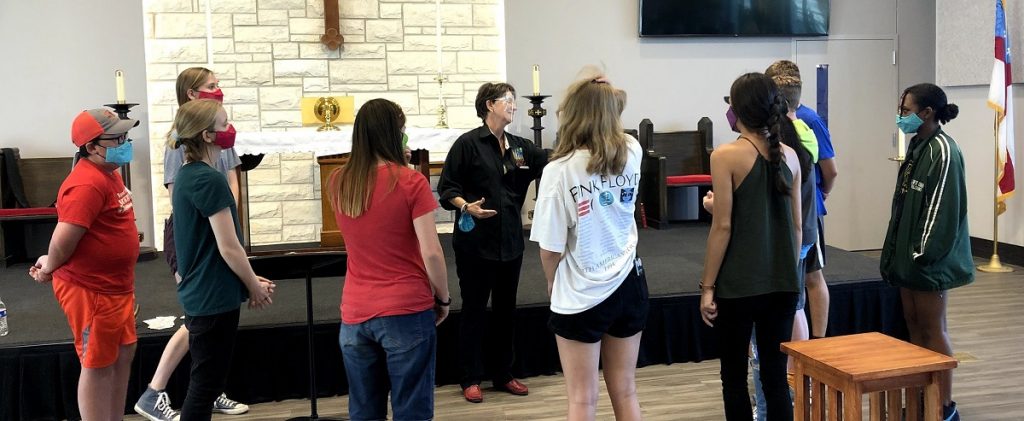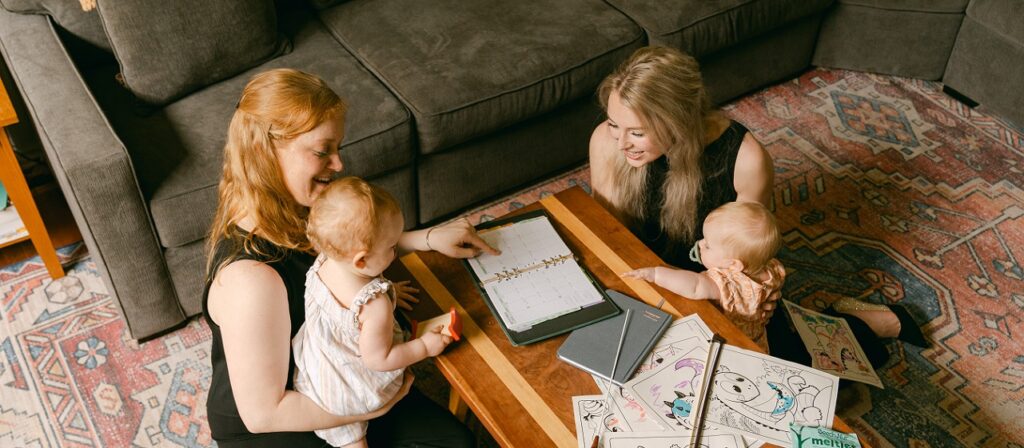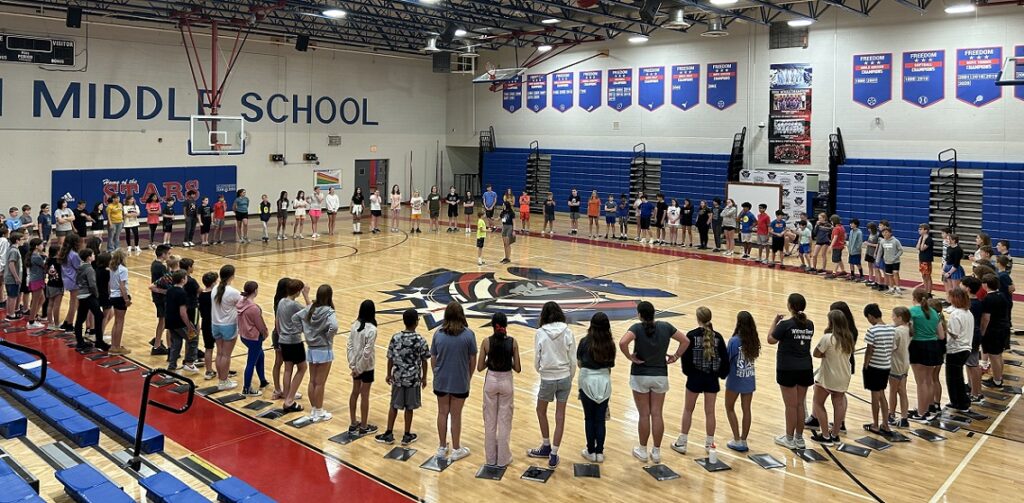Tagged Under:
Case Study: The Value of Voice-Based Choirs
A choir director doubled the size of his program by restructuring it based on his students’ voices, not by their grades.
When Benjamin Rogers arrived at Liberty Middle School in Spanaway, Washington, to start their new role as choir director during the fall of 2019, the program had only 80 students, who were divided into ensembles based on grade level.
Rogers set his sights on expanding the program, but a few months into the school year, a new hurdle came their way: the COVID-19 pandemic, which moved all instruction online.
Regardless of these obstacles, Rogers has managed to double the size of the choir program during the past three years. The 2021-2022 school year boasted a choir of 165 students, with numbers projected to reach 180 during the 2022-2023 school year.
Rogers grew the program with a clever restructuring of the ensembles. Instead of breaking choir groups into 6th, 7th and 8th grade ensembles, Liberty Middle School divides students into groups based on their voices. Liberty Middle School now includes four choir ensembles: beginning treble choir, intermediate treble choir, advanced treble choir and bass choir.
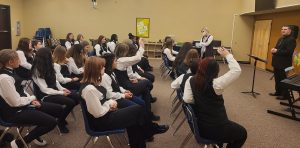 Since restructuring the choir program, Rogers has noted many benefits not only in increased membership numbers, but also in the educational and emotional benefits to the students. “Choir can be female-dominated in some areas, and it’s really tough for middle school boys in choir,” Rogers says. “I wanted them to be able to have comfort and a sense of camaraderie and ownership in what they’re singing. I’ve always thought that if I have a group of students with similar voices, I can devote more time to training their technique.”
Since restructuring the choir program, Rogers has noted many benefits not only in increased membership numbers, but also in the educational and emotional benefits to the students. “Choir can be female-dominated in some areas, and it’s really tough for middle school boys in choir,” Rogers says. “I wanted them to be able to have comfort and a sense of camaraderie and ownership in what they’re singing. I’ve always thought that if I have a group of students with similar voices, I can devote more time to training their technique.”
Be a Squeaky Wheel
To undertake this restructuring process, Rogers describes himself as a “squeaky wheel,” constantly bringing their ideas to the school administration’s attention. “I talked to the principal every single day. I put the bug in the counselors’ ears. I talked about how good it would be for recruitment and retention and how good it would be for [students’] education,” he says.
Rogers also says that being a “squeaky wheel” is their best piece of advice to other educators looking to restructure their choirs in a similar way. “Keep hounding about it as often as you can without getting reprimanded,” he says. “Give them the facts. Voice-based choirs build up the members of the program. They are pedagogically sound because you’re able to focus on one technique versus another, and they create a greater sense of community when students have those types of affinity groups for their voices.”
Once Rogers got the go-ahead from school administrators and cooperation from the counselors to make his vision a reality, he faced another hurdle: finding appropriate music.
Repertoire is Key
When Liberty Middle School first opened about a decade ago, it served 7th through 9th grade students before later shifting to a 6th-8th grade school. As a result, much of the music repertoire in the school’s library was for vocal ranges inaccessible to younger students. “The majority was soprano, alto, tenor and bass (SATB) music, and that is … not suitable for middle school level in general,” Rogers says. “My first year, I spent my entire budget on music because the difficulty level was not accessible.”
Switching to voice-based choirs instead of grade-based choirs also helped solve the repertoire problem by allowing Rogers to choose music that focused on each ensemble’s vocal capabilities.
When switching to voice-based choirs, Rogers originally planned to continue with the SATB music, letting the treble choir learn soprano and alto parts and the bass choir learn tenor and bass. However, scheduling conflicts made it difficult for the choirs to rehearse together, so Rogers realized that they would need to choose individual music for each ensemble.
By tailoring the music choices to each ensemble’s vocal capabilities, students were able to focus more on their individual parts. “The sopranos and altos were learning music that was balanced and intended for just sopranos and altos. Working on balance is a really big part of being in an ensemble,” he says. “I started purchasing a lot of bass choir and a lot of treble choir music. That helped their musicianship accelerate immensely.”
Liberty holds three choir concerts every year – winter, spring and a final concert toward the end of the school year. During each concert, all choir groups perform one song together as a group but perform the rest of their music separately. “Advanced and intermediate treble choirs are usually doing soprano and alto music,” Rogers says. “The bass choir learns tenor and bass music.”
Just as Rogers intended, the numbers of male students in choir have greatly increased with the advent of the bass choir group. After having 30 students in bass choir this past year, Rogers says that next year, it’ll be above 40, “which sounds terrifying — there will be a lot of testosterone in a smelly classroom!”
COVID Considerations
During Rogers’ first year at Liberty, COVID-19 caused school to go virtual for a few months, which made choir difficult. However, this experience also helped Rogers hone in on their ensembles’ strengths.
When school was remote in 2020, Rogers tried to hold choir over Zoom, which he says, “doesn’t work, but we made do like everyone else did.” One of the ways they “made do” was by recording students’ parts for their yearly Veteran’s Day performance and editing them together.
Despite the difficulties, Rogers stepped up to the challenge of building a choral community even when students were separated. “What I really gained from the experience was how much of a community we need to be,” he says.
Choir and Community
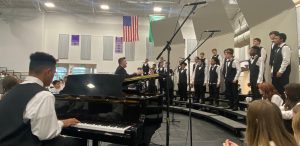 Even over Zoom, Rogers had students participate in a community circle, where ensemble members all greeted each other and shared their thoughts aloud with the group.
Even over Zoom, Rogers had students participate in a community circle, where ensemble members all greeted each other and shared their thoughts aloud with the group.
This community circle practice has continued as school resumed in-person and has become a staple at Monday rehearsals. “We all get to learn about each other,” Rogers says. “Everyone’s validated in [community circles]. Lots of students go with different names than what they were given at birth, and so anytime someone introduces themselves, I say, ‘Hi, I’m Rogers,’ and they say, ‘Hi, Rogers.’ In some classes, it’s cheesier than others.”
Still, this simple practice helps build cohesion. “I look for those opportunities to have students feel welcome, safe and part of something great.”
Rogers says that the bonds and friendships students form in his choir groups are often their favorite part. “A lot of students have a friend because of choir,” he says. “We do a lot to try to lift each other’s voices and energies.”
One highlight is the choir shout-out wall. Students can use Google Forms to leave compliments to their fellow choirmates. A teaching assistant will then write the nice comments on note cards and post them to the shout-out wall.
From the bonds formed among students to the growth in choir membership, the voice-based choir program has been a success in the school district’s eyes. Similar programs have been implemented in other schools. “It’s becoming more of a standard practice with the choirs throughout our district now,” Rogers says. “Voice-based choir is what they have at the high school already. It’s catering to that, and it’s gone well so far.”










